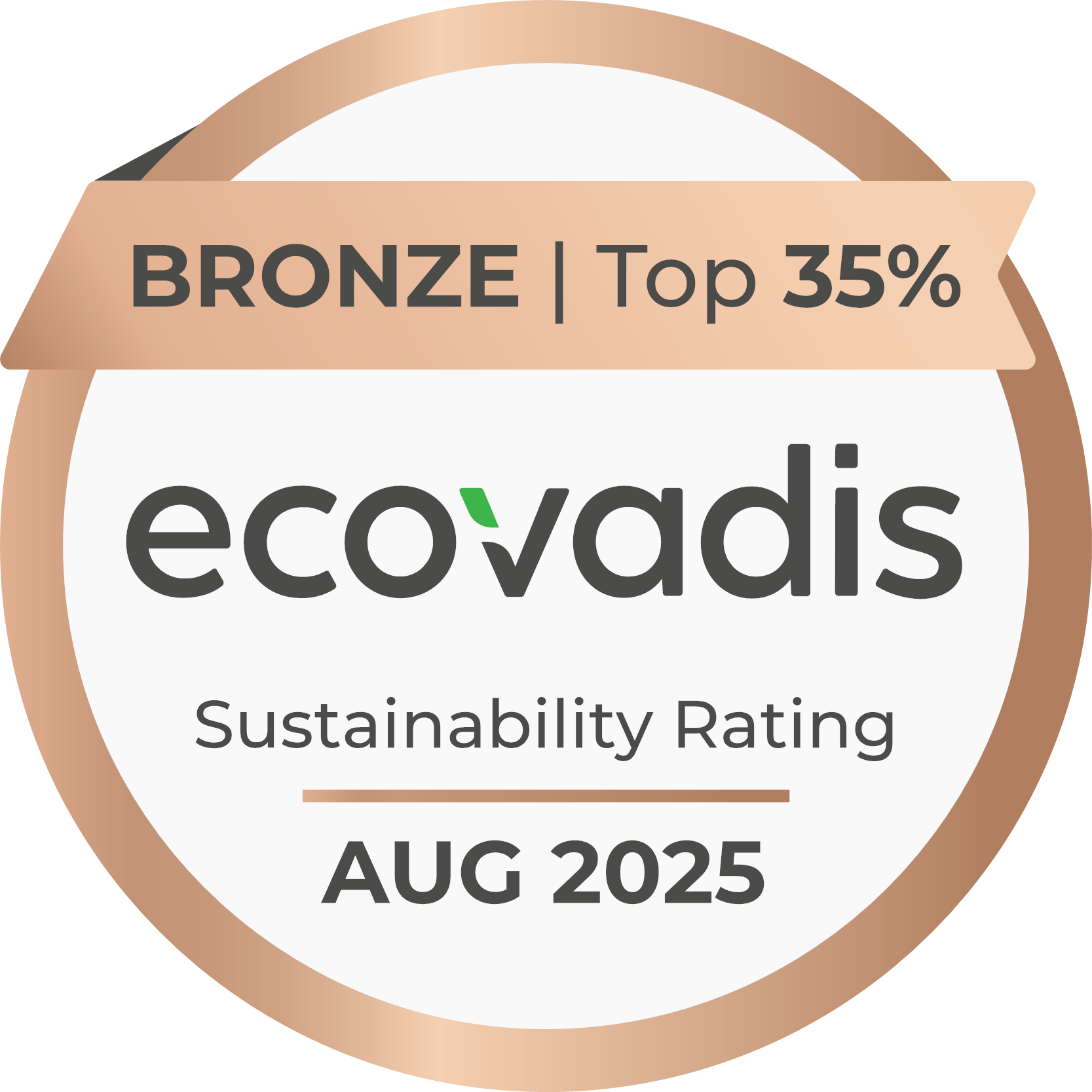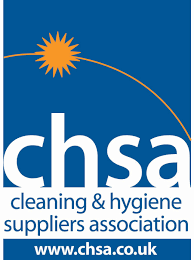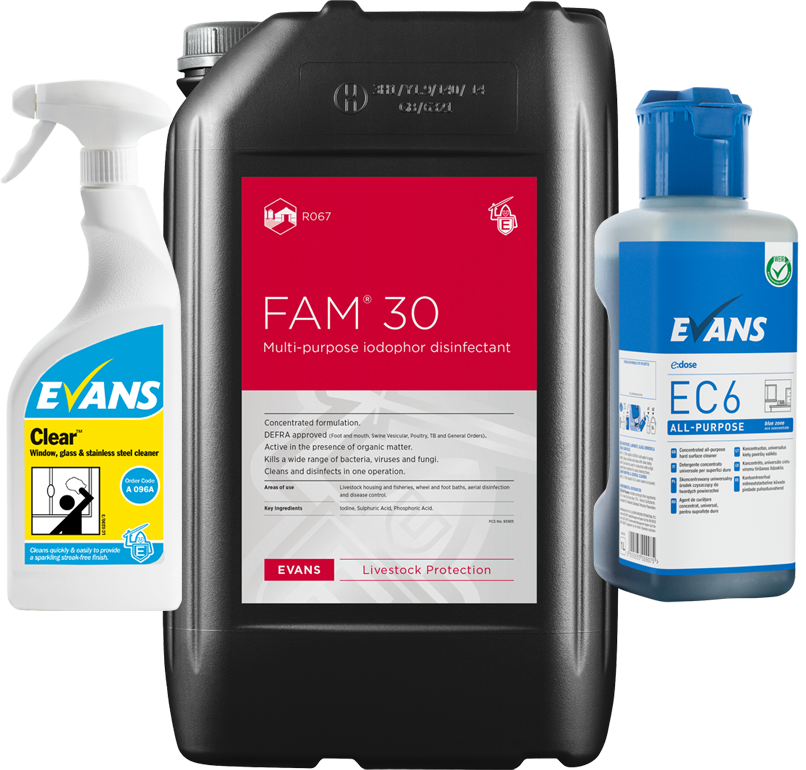17 April 2021
This method is used for assessing the disinfectant activity of airborne surface disinfection processes under specified experimental conditions.A chemical product is dispersed in a room (or enclosed area) in the form of a gas, vapour and or aerosol (excludes steam) by an automated device i.e. no person present. The process will disinfect the surfaces and not the air in the room. The method is not suitable for handheld devices due to safety considerations.
It consists of two parts that must be performed for each product and device:
Efficacy Test: to ensure the minimum efficacy requirements are met for each type of claim e.g. bactericidal, fungicidal, for each relevant application area i.e. medical, veterinary, food, industrial, domestic and institutional. (the minimum is bactericidal and yeasticidal for all areas).
Distribution Test: to assess the process throughout the enclosure. It is performed with only one organism (staphylococcus aureus) in four sampling positions.
The test results achieved, demonstrate efficacy for one product and one device together. A claim cannot be made for multiple devices with one product or multiple products with one device, based on one test result. A separate test must be performed for each device with each product.
Method
Details are defined in the standard for test organisms, temperature, contact time, clean/dirty conditions and are area specific.
There are two sizes of test enclosure/room that are mentioned i.e. a large enclosure 30m3 to 150m3 or a small enclosure of 0.25m3 to 4m3.
Stainless steel discs are inoculated with a mixture of the test organism and soil, then dried. They are placed in positions around the room a specified distance from the device,
Large enclosure:
Vertically facing away from the device, 1-1.5m above the floor, three discs per organism.
Small enclosure:
Vertically facing away from the device, height half the average height of the enclosure, three discs per organism.
The device is prepared with the appropriately diluted product then switched on. The contact time is measured from the first release of product to the point when the carriers are recovered. An aeration time may be necessary, this will be based on the manufacturers’ instructions and risk assessment, to enable recovery of the discs.
The discs are retrieved, product neutralised and remaining organisms recovered. Calculations then performed and log reductions recorded.
Depending on the area and organism, the log reductions required are from 3 to 5.
e.g. for bactericidal claim for food, industrial, domestic and institutional areas a log reduction of 5 (99.999) is required; for virucidal claim for medical areas a log reduction of 4 (99.99) is required.
Evans Vanodine Technical Team
April 2021
To download a copy of this statement, please click HERE












